CV joints are essential parts of any vehicle, connecting its transmission with its wheels for seamless movement. Damaged CV joints can affect transmission functions and compromise how your car operates, potentially leading to serious problems for drivers and passengers.
Bad CV joints can wreck transmissions by creating vibrations at high speeds and audible clicks during acceleration and turning, straining transmission seals and potentially leading to fluid leakage that causes slipperiness when shifting gears, hard shifts, or eventual transmission failure.
However, there may be other sources of issues – for effective repairs, it is crucial to understand the CV joint’s role and effects on transmission.
In this guide, I’ve talked about “Can a bad CV joint affect the transmission?” – along with tips on how to repair one! Continue reading this guide to find out this and a lot more about your Car’s CV Joint.
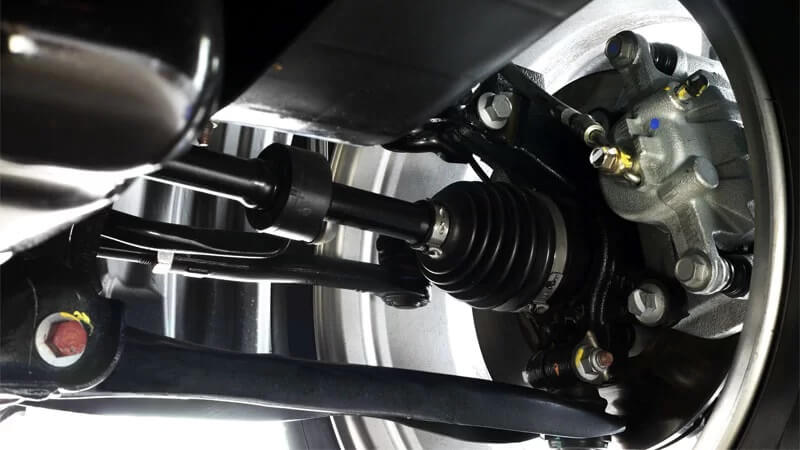
Role of CV Joints and Transmissions
Before I dive into the effects of a bad CV joint on transmission, let me first help you understand the role of both these components.
CV Joints Role:
CV joints are crucial parts of any vehicle’s drivetrain, often found on half-shafts connecting wheels to transmission; they ensure wheels turn freely regardless of steering angles or input from steering input sensors.
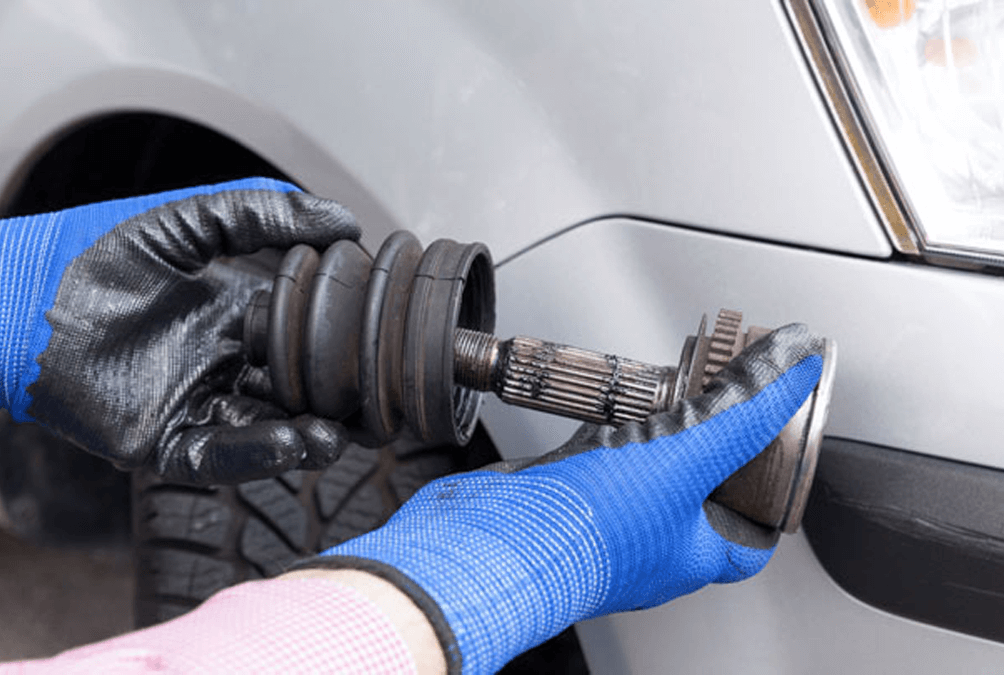
Transmission’s Role:
Both automatic and manual transmissions are essential in connecting an engine’s power to its wheels – Whether you’re going backward or forward – using shifting gears as efficiently as possible to transfer energy between the engine and wheels.
4 Reasons – Can a Bad CV Joint Affect the Transmission?
CV joints are essential in keeping cars running efficiently – without them, transmissions, driveshafts, and differentials would be at a higher risk of failing. Here, I have listed some of the effects a bad CV joint would have on your car’s functioning.
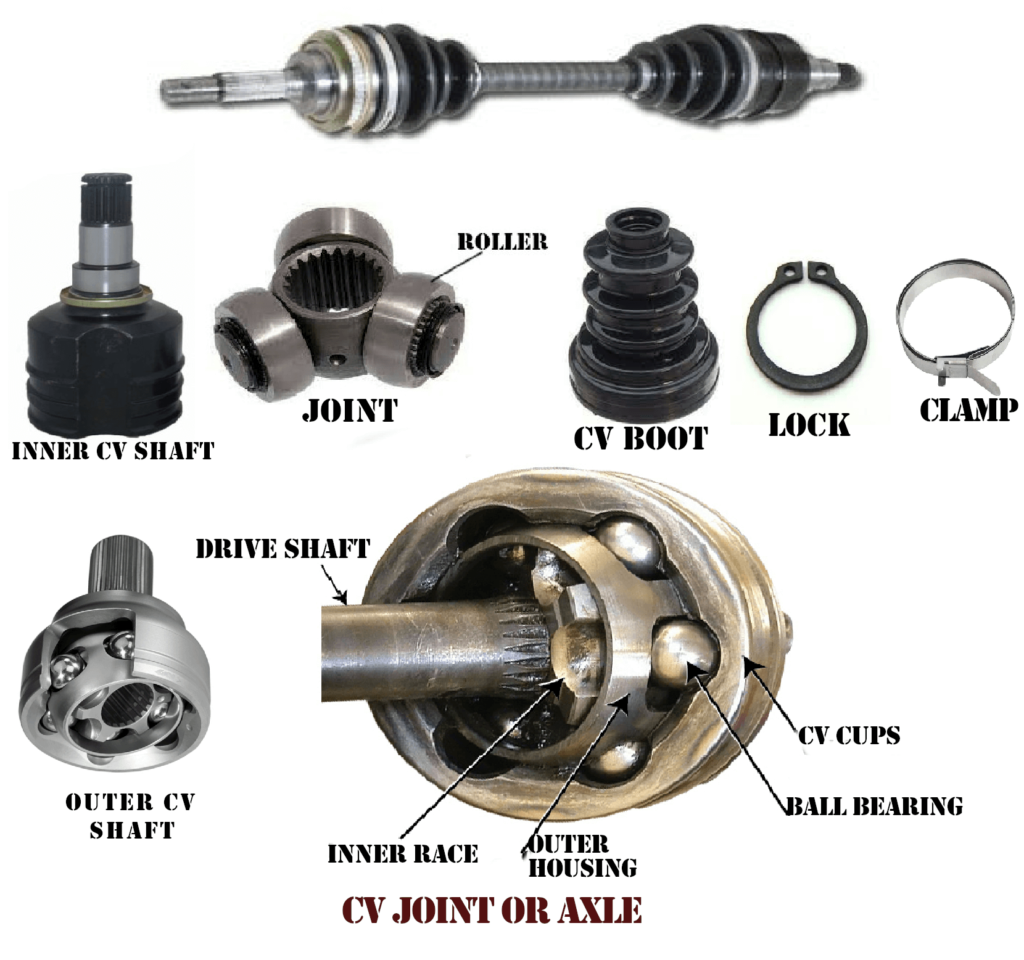
1. Transmission Power Transfer
A bad CV joint will impact the power transfer from the vehicle’s transmission to the wheels, i.e., cause a reduction in it, which in turn results in poor vehicle performance or reduced efficiency.
While CV joints provide flexibility during steering and suspension movements while remaining at a constant velocity, a bad CV joint could affect this process and force your transmission to send less efficiently distributed power directly to wheels, resulting in decreased vehicle performance overall.
2. Increased Drivetrain Stress
Failing CV joints often produce vibrations during acceleration and turns that spread throughout the drivetrain, impacting both wheels and components connected with transmissions. These vibrations put more stress on these components over time and may eventually cause them to wear out faster and potential issues in transmission components.
3. Accelerated Transmission Wear
Using damaged CV joints for a long period can lead to faster damage over time on the transmission. Due to strain, vibrations, and uneven power transfer, components within transmission degrade faster than under normal conditions. This may cause gear-shifting issues as well as reduced performance.
4. Transmission Fluid Leakage
Damage to CV joints may result in transmission fluid leakage, which is essential to the smooth functioning of any transmission and essential to provide enough lubrication for its internal components.
Note: If you are worried about the problem where your car’s coolant reservoir keeps emptying, check out the guide to learn more about it.
When fluid leaks from CV joints and the transmission doesn’t get enough lubrication, it leads to increased friction and heat that damages parts inside the transmission, making extensive repairs or replacement work.
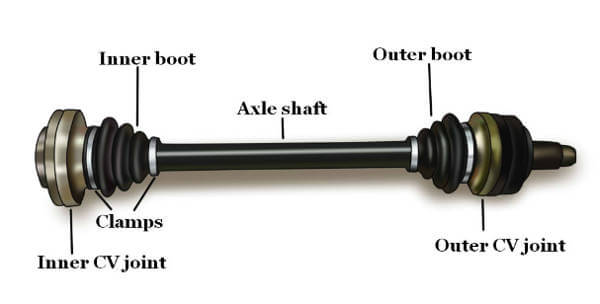
How to Fix a Bad CV Joint?
If you start to notice any of these issues in your vehicle, then it means that replacing the CV joint has become a necessity. Otherwise, you can lose control of your car while driving.
Replacing a CV joint can be done by yourself, though make sure you have tools such as jack stands, jacks, automotive tool sets (with sockets, screwdrivers, and pliers), hammers, torque wrenches, and pry bars.
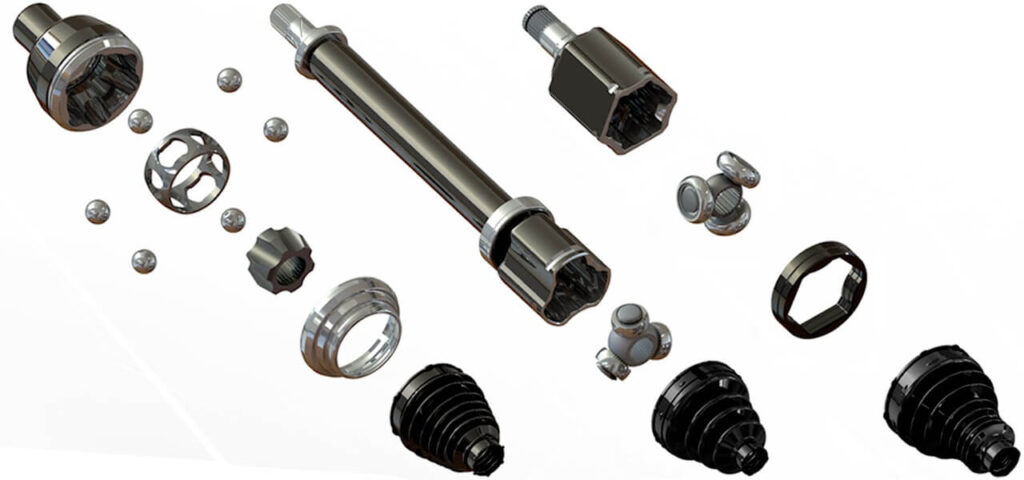
Now follow these steps to replace a bad CV joint:
- Jack up your car and remove the wheel.
- Unscrew the CV joint from its hub with a wrench or socket set.
- Remove old CV joints from axle shafts.
- Put the new CV joint onto the axle shaft and securely fasten it using a wrench or socket set.
- Put the wheel back on, lower the car down, and test drive to see if the issue is gone.
Note: If this is your first time trying to replace the CV joint on your vehicle, and you have no idea how it’s done, check out the YouTube video to learn more about it.
While replacing a CV joint could resolve some transmission problems, you may still face transmission problems after CV joint replacement. Mainly because during the process of DIY replacement, you might miss some issues. At this point, it’s best to seek out professional help.
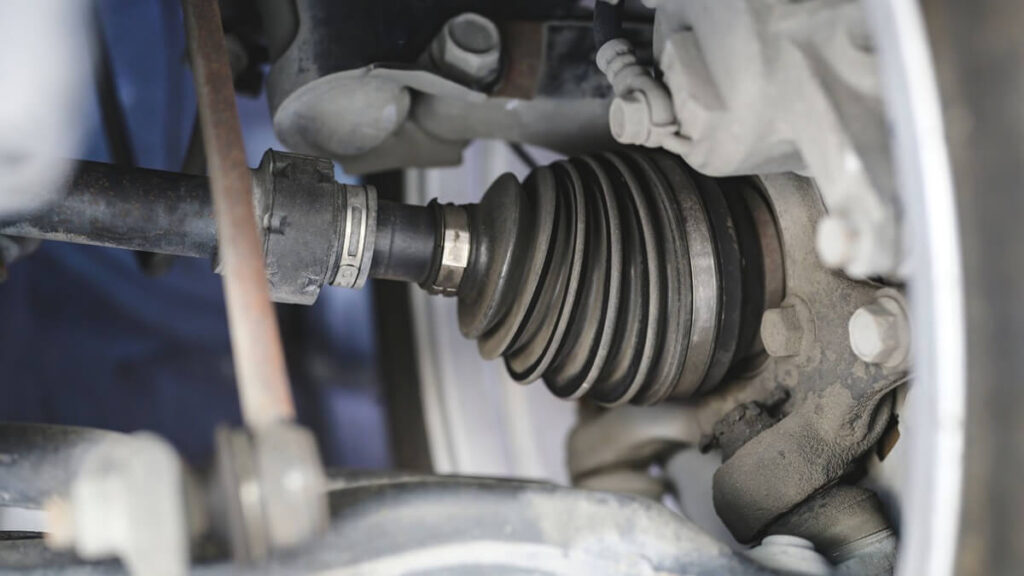
Symptoms Of a Bad CV Joint
One surefire way to tell whether your CV joint is bad is by listening for clunking sounds or vibrations when taking tight turns (left or right). Here is a list of the most common symptoms of a bad CV joint:
- Clunking noise when reversing or accelerating to speeds over 25mph.
- Clicking noise when taking sharp turns.
- The vehicle bounces, vibrates, shudders, or feels jerky while accelerating.
- The rubber boot of the CV joint is cracked.
- Excessive grease stains beneath and around tires.
Can A Bad CV Axle Damage Transmission?
Yes!! A bad CV axle can damage transmission and lead to transmission leaks due to damaged seals when you grip the axle close to its inner joint, closer to the transmission.
So, in case you were wondering, can a bad CV axle mess up your transmission instead of a CV joint? Then yes, it can!
How Much Does Repairing Or Replacing A CV Joint That Affects Transmission Cost?
Cost estimates for replacing or repairing a bad CV joint affecting transmission can depend on several factors, including the make and model of the vehicle and labor rates. The replacement cost can be between $200 to $400 on average.
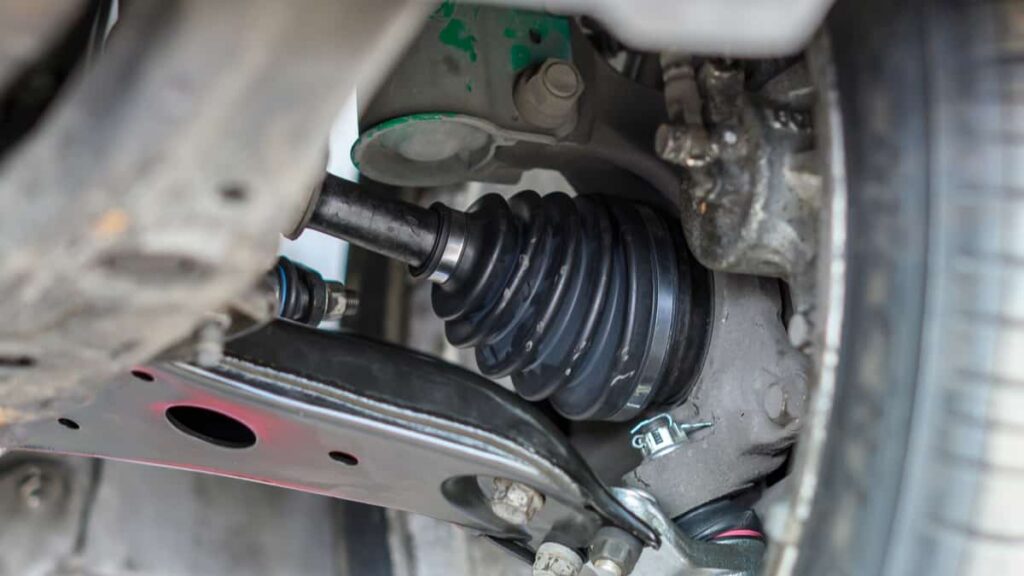
Conclusion
There you have it! I’ve put everything you need to know about the effects of CV Joint on transmission.
In this guide, I have covered in great detail, “Can a bad CV Joint affect the transmission?”. I have also mentioned the easy procedure to replace a bad CV joint.
Furthermore, I’ve discussed the symptoms of identifying a bad CV joint and how much it can cost to replace it. Hopefully, with this guide, you can resolve any CV joint issues and enjoy a better driving experience.


![[ANSWERED] Can a Bad CV Joint Affect the Transmission? Symptoms, Causes & Fixes! Can a Bad CV Joint Affect the Transmission](https://carstale.com/wp-content/uploads/can-a-bad-cv-joint-affect-the-transmission-1024x479.jpg)